
Financial Market (Part 3)
Understand the basics with our interactive market course.
What is the foreign exchange market
Forex, with daily trading volumes over $5 trillion, is the biggest and most liquid financial market, operating without a central exchange, which allows traders, brokers, and banks to take part.
Now, we will explore a specific example to show how trades are made using an online CFD trading platform.
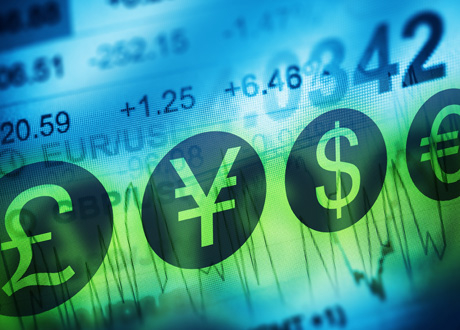
What is the foreign exchange market
Forex trading runs 24 hours a day, five days a week, following the schedules of major stock exchanges worldwide. Currency prices, such as the US Dollar, reflect market opinions on the current and expected state of the national economy.
Positive reports typically lead to a rise in currency quotes, whereas negative information usually causes prices to decline.
When you use your online platform to buy an asset and its price goes up, you earn a profit that is added to your balance once you close the trade. But if the price drops instead, you’ll end up with a loss.
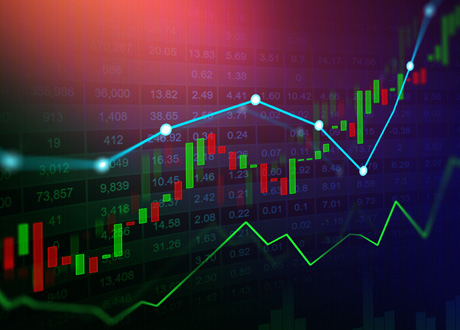
What is the foreign exchange market
Currency pairs on your online trading platform show the value of one currency compared to another, reflecting the economic conditions of both countries.
In Forex trading, a “buy” means acquiring the first currency in the pair and selling the second, whereas a “sell” means the opposite.
It’s similar to exchanging euros for dollars at a bank.
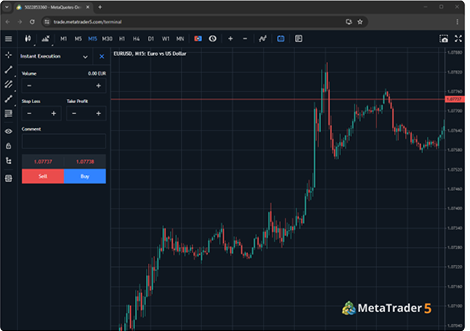
What is the foreign exchange market
The term “major currencies” refers to those from the biggest economies worldwide.
Major FX pairs are made up of two of these leading currencies, such as EUR/USD, GBP/USD, USD/JPY, EUR/GBP and USD/CAD.
Major currency pairs are highly liquid thanks to their widespread trading, leading to lower costs like smaller spreads.
Pairs outside the “major“ group are usually classified as “Minors” or “Exotics.”
You can find the classification of each instrument in the platform’s specifications.
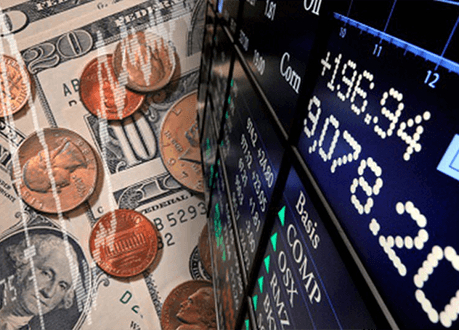
What is the foreign exchange market
To illustrate this, consider the example below showing how many US dollars you get for one euro.
EUR/USD = 1.07407
A EUR/USD rate of 1.07407 means that 1 euro is worth 1.07407 US dollars. So, to buy 1 euro, you must pay 1.07407 dollars, and when you sell 1 euro, you will get 1.07407 dollars in return.
In this case, the Euro serves as the base currency (the one we are measuring), and the dollar (the currency in which the price is given) serves as the term (quote) currency.
Always remember that the base currency is always the key currency when making a buy or sell transaction.
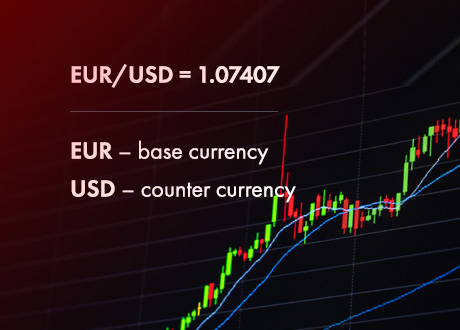
What is the foreign exchange market
On your online trading platform:
- Selecting “Buy” means you’re entering a trade to buy an asset such as EUR/USD.
- Selecting “Close” means you’re closing that trade. This is similar to selling the asset, but most CFD platforms allow you to close trades directly without executing a separate sell order.
Every transaction is part of an ongoing chain—someone sells to you when you buy, and when you close your trade by selling, another trader buys from you.
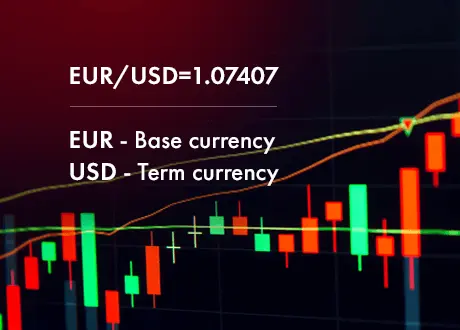
What do Bid and Ask mean, and how do they differ?
On your trading platform’s market watch, you’ll see two columns with prices that update frequently, highlighted in two distinct colors.
For example, for EUR/USD, you might see:
Bid: 1.06838
Ask: 1.06853
The "Ask" price shows the broker’s selling price, meaning it’s the price traders pay when they Buy.
The "Bid" price shows the broker's buying price, meaning it’s the price traders pay when they Sell.
Accordingly, when you enter a Buy trade, it happens at the Ask price and closes at the Bid price. If you enter a Sell trade, it happens at the Bid price and closes at the Ask price. The “Spread” is the gap between these prices.
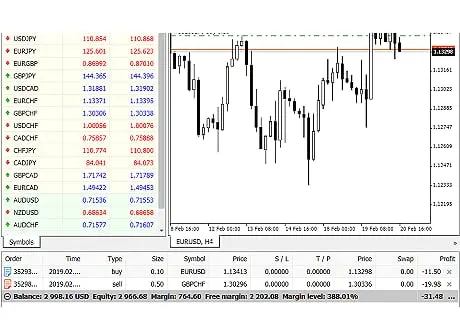
The spread, or the difference between the Bid and Ask, is the amount paid to the broker to execute a trade. (Additionally, some platforms might include a commission).
It’s similar to what happens at currency exchange offices, where you get one price to sell and a different one to buy, meaning each pair has two price quotes.
Usually, the Ask price is above the Bid price, because it contains the Spread.
In Forex trading, Spread is measured in pips and can have decimal points, for example, a spread of 1.2 pips. (Pips will be covered later in lessons.)
Therefore, while opening a new trade, you’ll begin with a negative unrealized PnL (Profit and Loss) because the price needs to overcome the spread—the difference between Bid and Ask. The smaller the spread, the better it is for the trader.
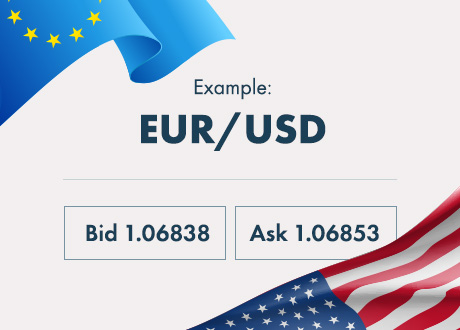
Now, let’s recap the essential points covered in this lesson:
- Foreign Exchange, or FX, is the largest and most liquid market worldwide.
- Every currency pair contains a base currency, the one being bought or sold, and a term currency, which is used for pricing.
- The price shows how much of the term currency is needed to buy one unit of the base currency.
- When you place a buy order, you're purchasing the base currency while selling the quote (term) currency at the same time. The opposite applies when you sell.
- Currency pairs linked to the largest economies are called "majors" and are the most frequently traded.
- Traders open a buy position at the ASK price and close it at the BID price. Conversely, they open a sell position at the BID and close it at the ASK.
The gap between the Ask and Bid is known as the Spread.
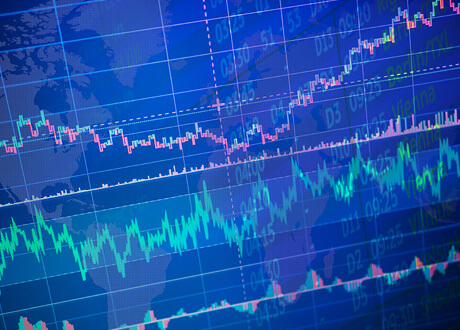
Risk Warning: Before you start trading with leverage, ensure that you understand the associated risks and possess a sufficient level of knowledge
We do not serve customers from the USA and Iran



.svg)